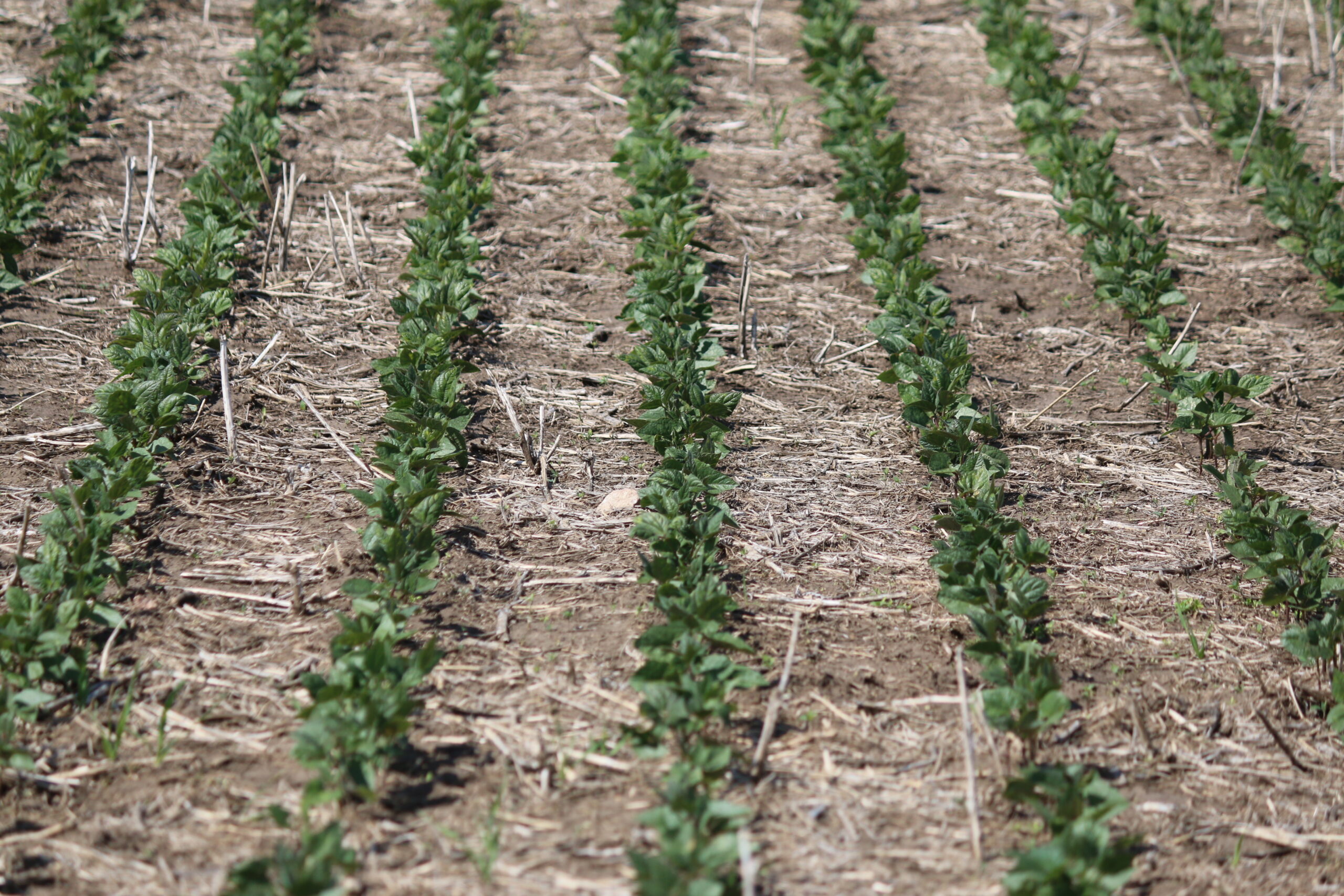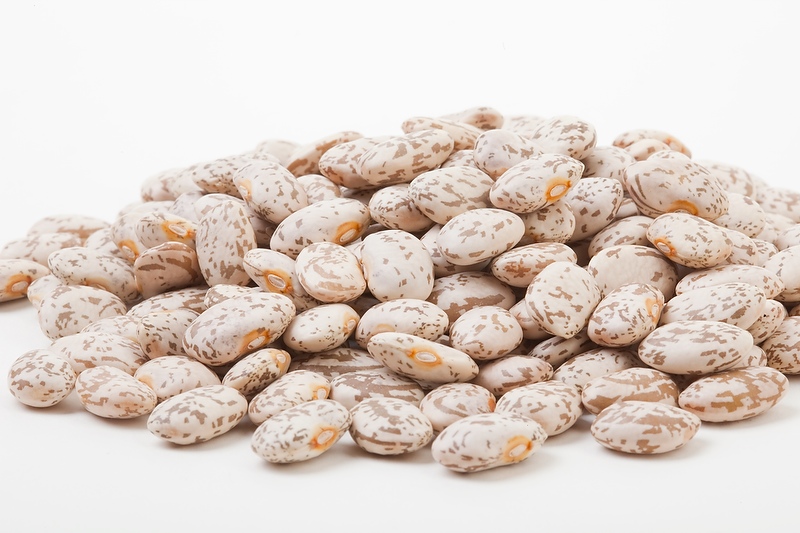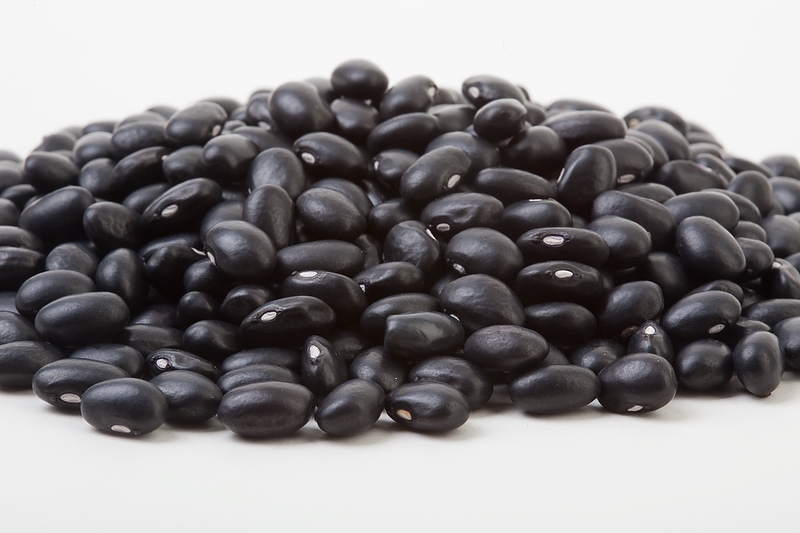Principal Investigator: Dr. Parthiba Balasubramanian
Institution: Agriculture and Agri-Food Canada, Lethbridge, Alta.
Prepared by: Nate Ort, M.Sc.
This project, led by Dr. Parthiba Balasubramanian of Agriculture and Agri-Food Canada (AAFC) in Lethbridge, Alta., is developing dry bean varieties for production under irrigation in Alberta with high yield, early maturity, strong lodging tolerance, and high seed quality. Disease resistance to common bacterial blight (CBB), white mould, and anthracnose was also evaluated and integrated into their breeding program.
Breeding Pipeline
This research program starts by crossing cultivars with known disease resistance to important yield and quality limiting diseases with early maturing high yielding cultivars in a greenhouse. The seed from these crosses were then grown in early generation nurseries in Alberta and evaluated for architecture type (upright indeterminate bush or determinate bush), lodging resistance, days to maturity, and yield potential (pods per plant and pod distribution on a plant). Seed quality characteristics such as size, shape, colour, and colour retention were also visually assessed. Material that was selected for based on the desired criteria in these early generation nurseries was then tested in early yield trials, preliminary yield trials, and advanced yield trials, in this order. The difference among these is that each subsequent trial tests less but more promising material for commercialization. This is the “breeding pipeline.” Fifteen dry bean lines including established check varieties of pinto, great northern, and yellow bean were then moved forward and tested in the Short Season Wide Row Irrigated Dry Bean Registration Trial at four locations in Alberta: Fairfield Research Farm, Lethbridge on-station, Vauxhall, and Bow Island. The trial at Bow Island was in a commercial dry bean field.
Developing Disease Resistance
Early maturing dry bean lines with resistance to CBB and white mould were identified in this research. Four pinto bean lines with confirmed resistance to CBB were used as parents in the hybridisation nursery to transfer disease resistance into their progeny and therefore the next stage of their breeding pipeline. Dry bean lines and check cultivars from the Alberta Short Season Wide Row Irrigated Dry Bean Registration Trial were planted in the white mould disease nursery at AAFC Lethbridge in collaboration with Dr. Syama Chatterton. White mould disease incidence and severity ratings were recorded and published in the Registration Trial Report of the Prairie Recommending Committee for Pulse and Special Crops. Information published here is considered by this committee when promising lines from breeding programs are proposed for registration and commercial use in Canada.
Furthermore, in collaboration with Dr. Chatterton, resistance evaluation to white mould of 74 advanced dry bean lines were completed in a greenhouse with the appropriate disease resistant and susceptible market class check varieties were included. The disease-resistant lines tested here are being advanced in the investigator’s breeding program and will be used as parents in the hybridisation nursery for the development of future varieties intended for commercialization. Lastly, dry bean lines and check varieties from the Alberta Short Season Wide Row Irrigated Dry Bean Registration Trial were assessed for resistance to race 73 and 105 of anthracnose, and information was published in the Registration Trial Report of the Prairie Recommending Committee for Pulse and Special Crops.
Key Findings
- Disease resistance to CBB, white mould, and anthracnose were evaluated and integrated into this dry bean breeding program. Future varieties with high yield and robust resistance to these diseases can now be expected.




